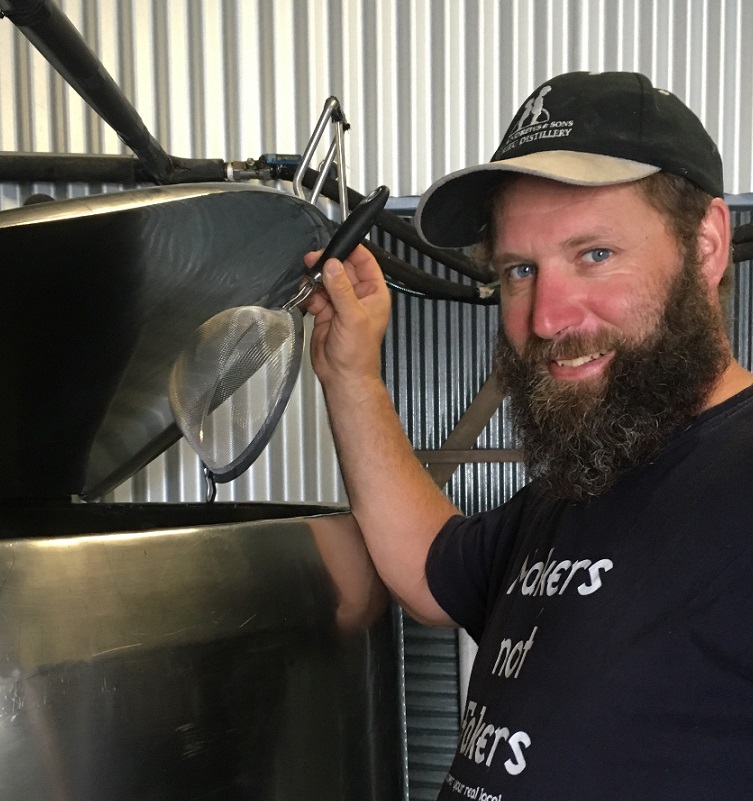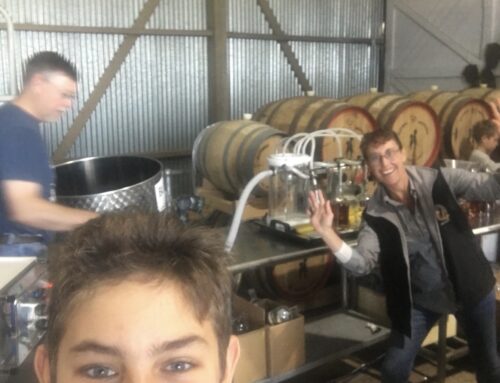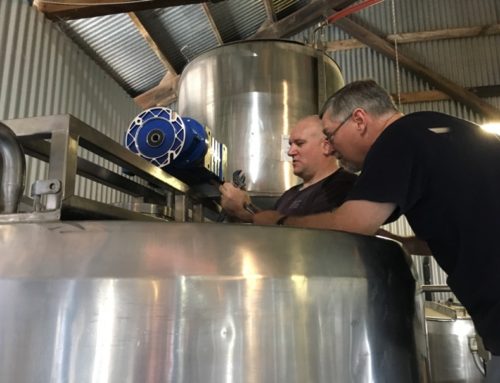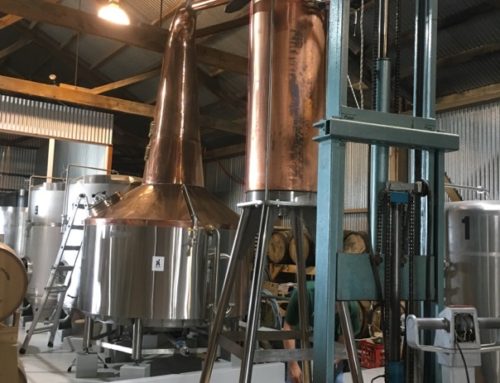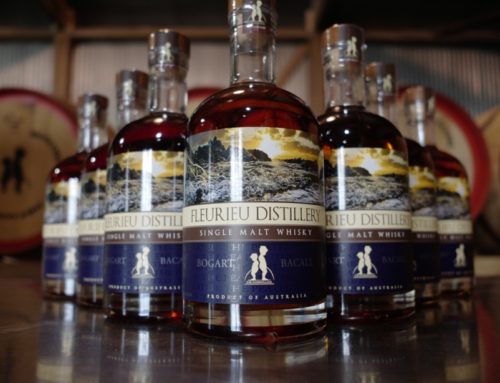Thursday and Friday in the brew house went well last week and the whisky wash ferment bubbled away over the weekend. All those happy yeast were working hard unbeknownst to our visitors to the distillery as they relaxed with a drink or two.
In less than 24 hours the whisky wash went from a sweet amber liquid to a moving bubbling mass that appears to have a life of its own. Pete our brewer shared his secret of ensuring enough head space in the fermenter to allow for krausen (the foaming head on ferment). Yep, you guessed it – a kitchen sieve! Pete says he uses this simple kitchen implement as a measure to ensure there is no overflow over the brew house floor. A great but simple way of avoiding to have to clean up a huge sticky mess.
Honestly, yeast cells are amazing! They are so tiny and yet have a huge impact in a brew house. The more I read about yeast, I realise how complex this little organism is and how impossible it is to share its history, biology and the wonder of the organic chemistry involved in just one blog.
This ancient, tiny cell is part of the fungus family and there are literally 1000s of yeast strains. Wild yeast occur naturally and are in fact all around us. Other yeast are cultivated and these specific strains are used in various industries to produce wonderful foods to eat or drink. Much like seed banks, yeast banks have for some years now stored and begun genetically tracking how yeast have mutated and changed over time, whilst also storing and maintaining yeast libraries of particular strains used by industry.
Ancient civilizations have used yeast to ferment and create alcoholic beverages from different types of grains and fruit and for hundreds of years bakers, cheese makers, winemakers brewers and distillers have relied on these tiny organisms doing what they naturally do. These fascinating single cell organisms have the ability to metabolise one organic compound and through fermentation totally change it into another.
Coming to the whisky industry from a beer and brewing perspective, respecting yeast as a living organism and providing the optimum environment for health and vigour is crucial. While yeast has no influence over the colour of beer or whisky as an end product, it is pivotal in the flavour profiles in beer and conversion of fermentable sugars to ethyl alcohol sought after by brewers and distillers alike.
In a nutshell these are some brief fermentation facts:
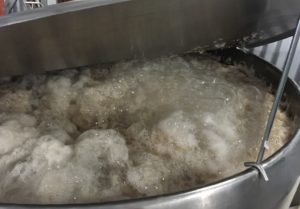
Krausen on the whisky wash ferment can last around 3 days and consists of yeast and wort proteins.
- Yeast through a metabolic process takes up glucose and transforms it into alcohol (ethanol) and carbon dioxide. These are waste products for yeast .
- The ethanol produced by yeast assists in the kill off any bacteria that may be present in the wort or whisky wash and thus enables it to become the dominant organism.
- In general, when ethanol reaches 14 to 17% then at that point it then becomes toxic to yeast.
- Yeast can produce alcoholic beverages of about 16% but to achieve higher alcohol beverages the fermented liquid has to undergo a distillation process.
Next time you raise your favourite tipple whether beer, wine or spirit cheer the humble yeast – a little cell with so much to offer!

